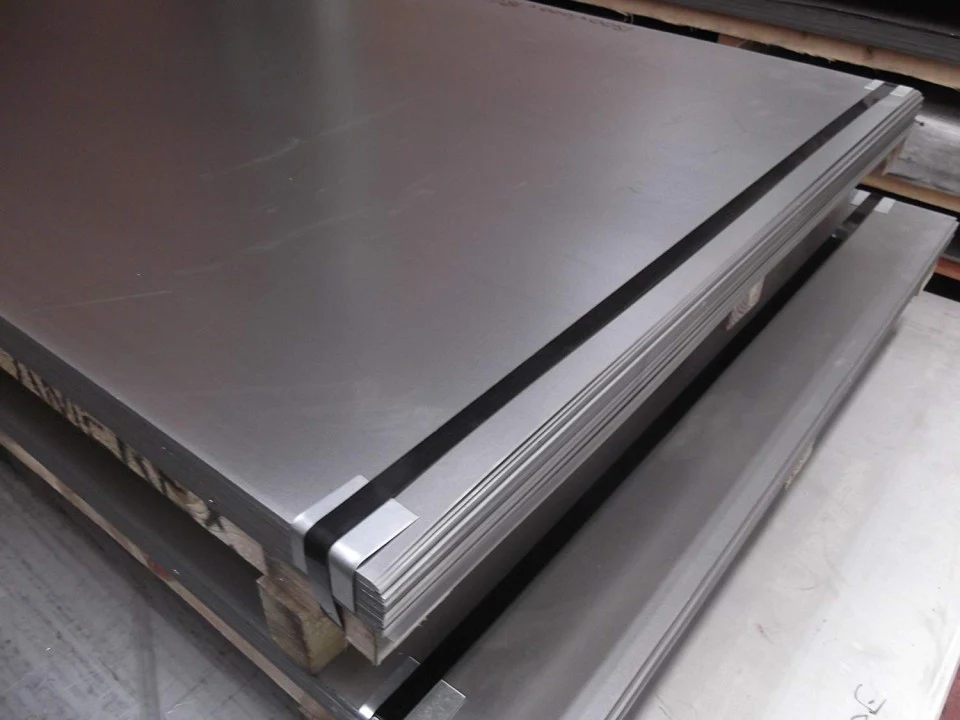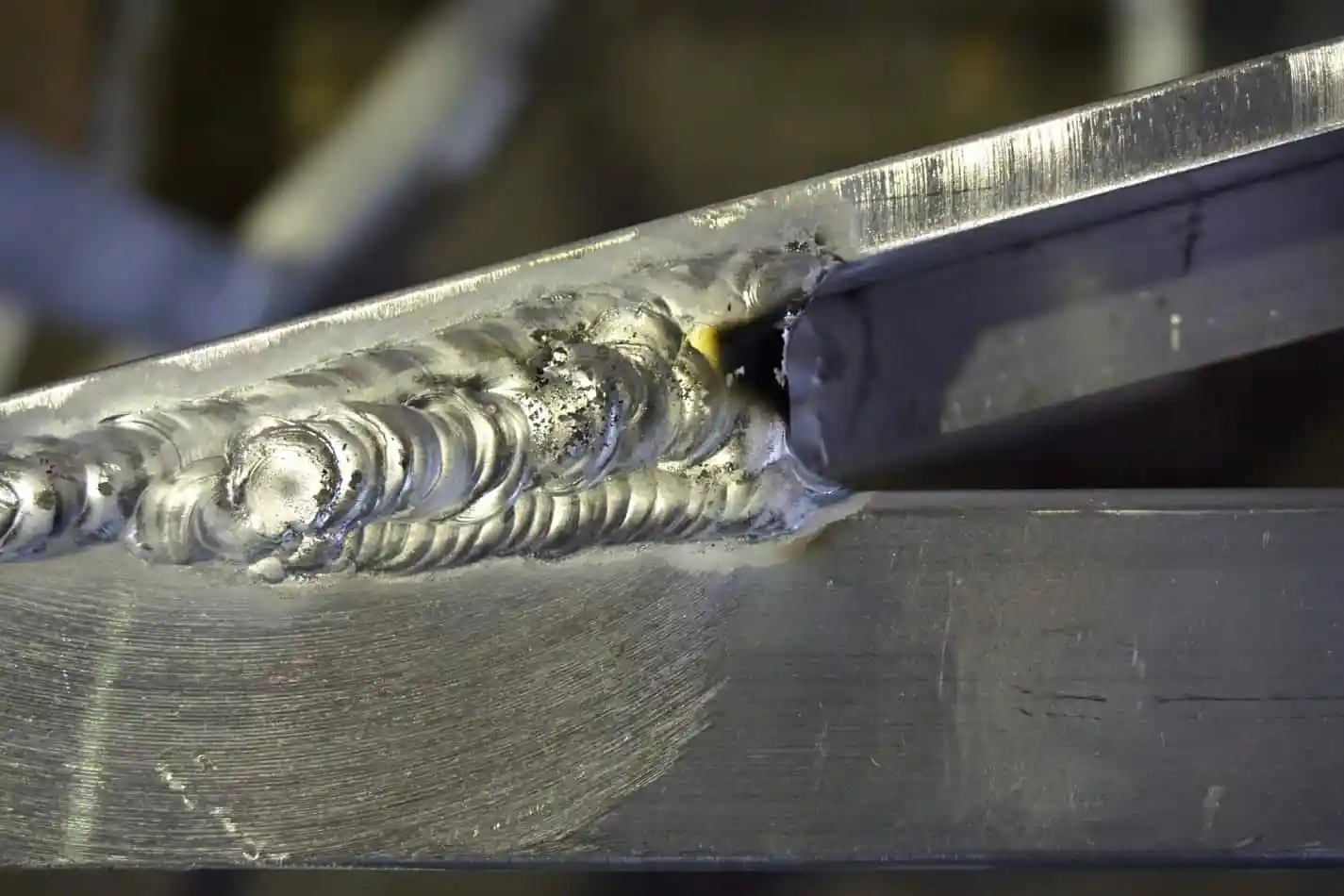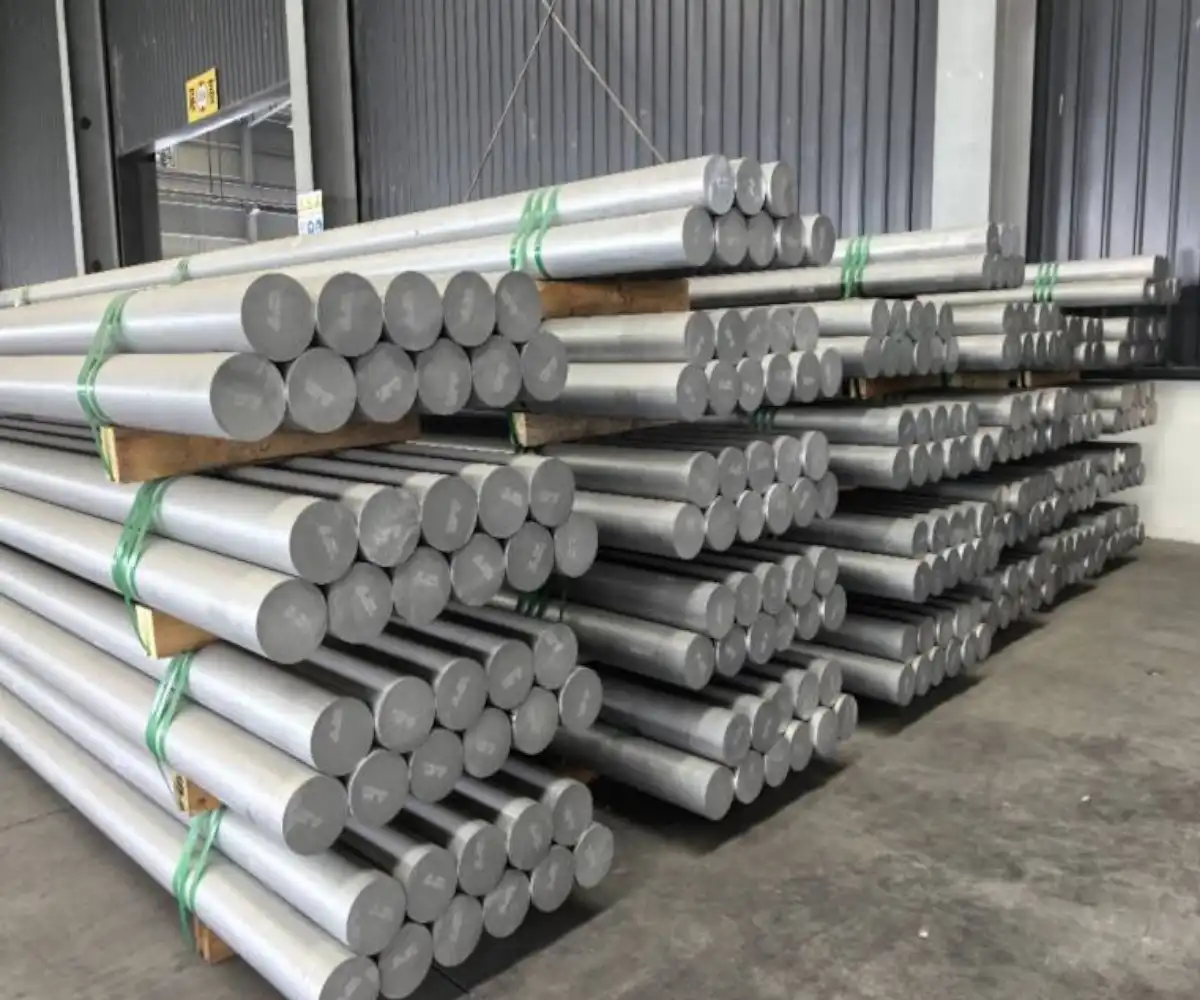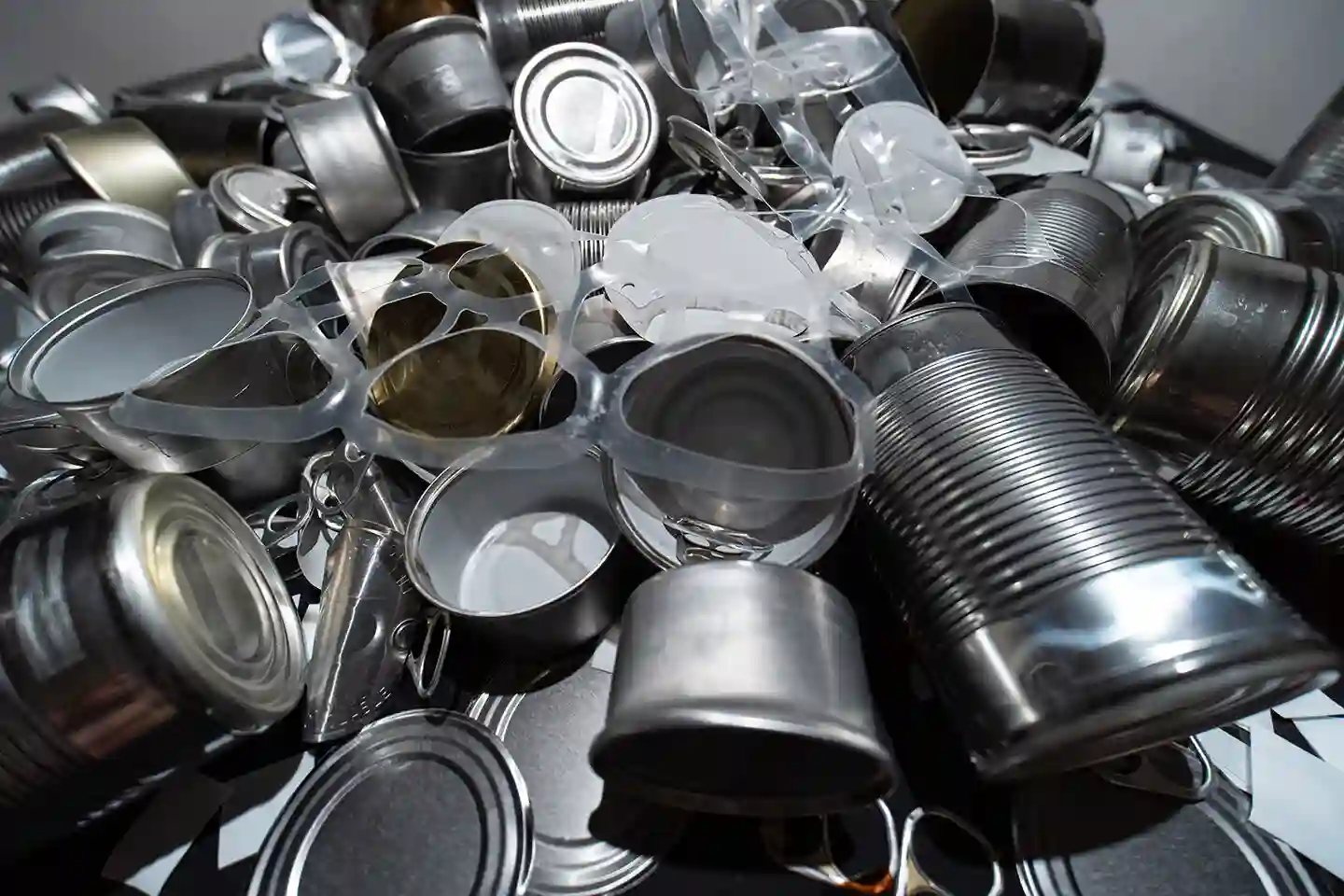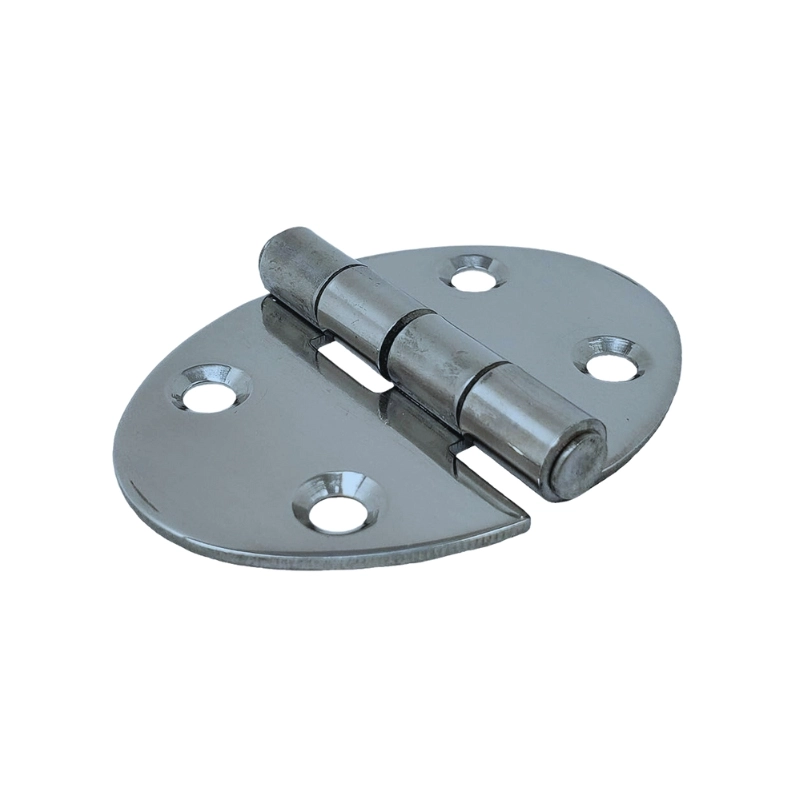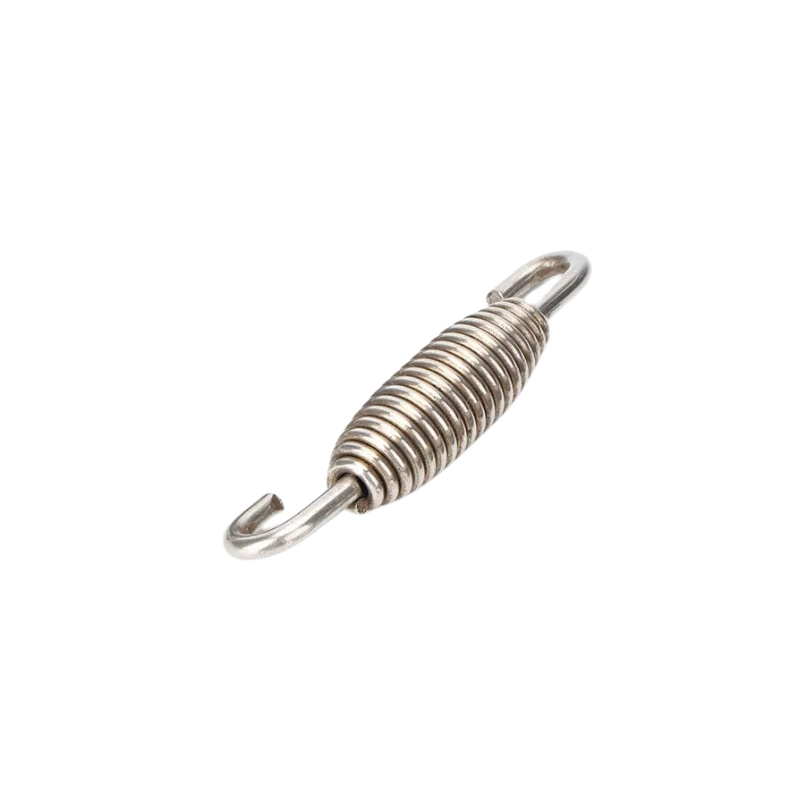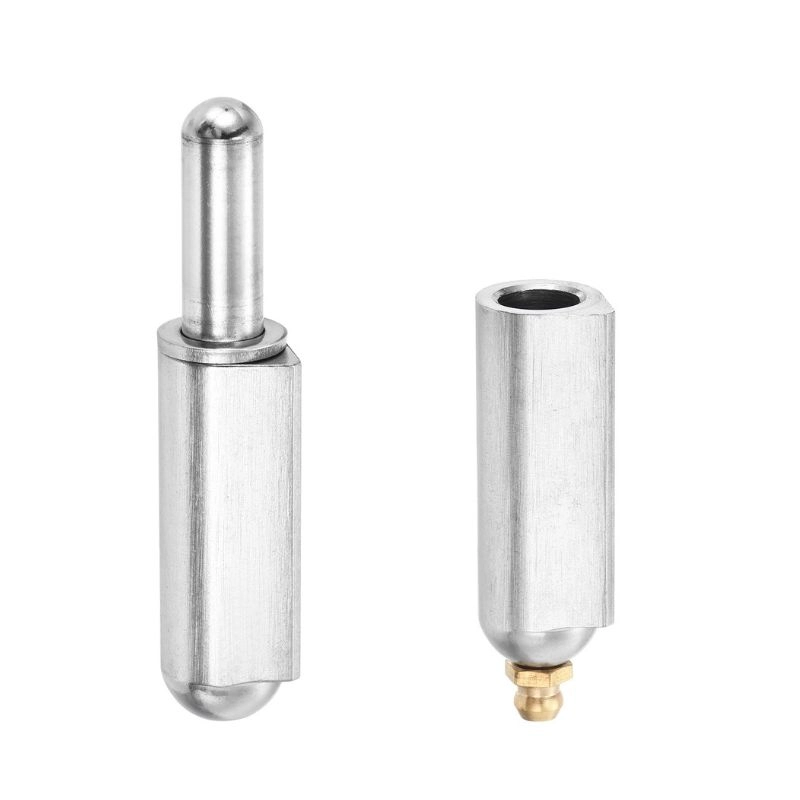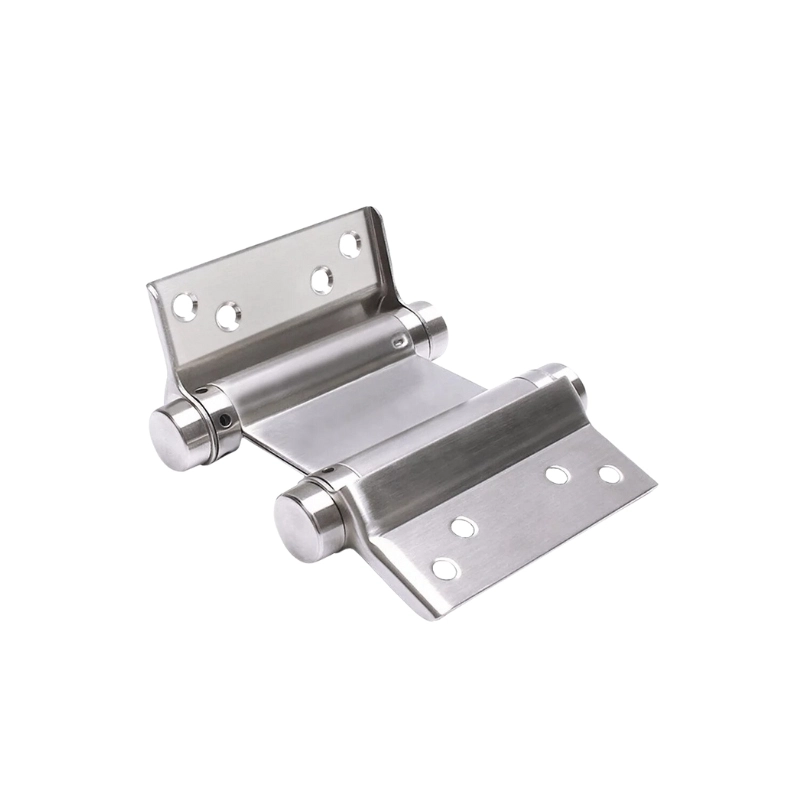Many people ask and wonder, will stainless steel tarnish? Can it rust or corrode? Even with all its compositions and properties, it’s important to note that it’s not indestructible. But, that’s what we’ll be looking at today!
In this blog, we’ll go over stainless steel, its composition, overall properties, and discuss whether it can tarnish or not!
Understanding Stainless Steel
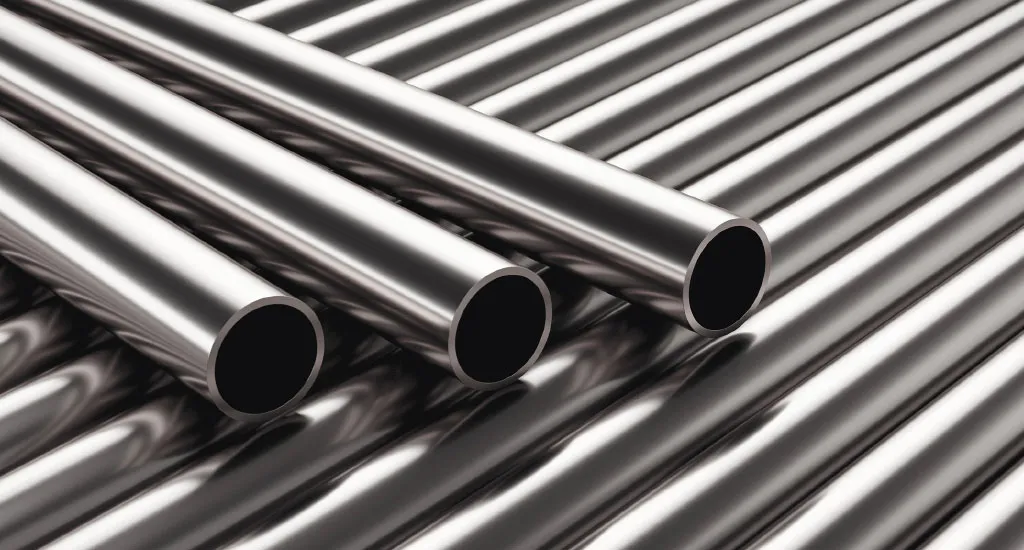
The term or product нержавеющая сталь is a versatile alloy made primarily from iron, chromium, and other elements like nickel or carbon. Unlike regular steel, stainless steel doesn’t corrode easily when exposed to moisture or harsh environments.
This feature is what makes it stand out and different from regular or standard steel. Its combination of strength, aesthetic appeal, and low maintenance makes it a top choice across industries worldwide.
Why is it Called “Stainless Steel?”
The name is derived from its ability to withstand corrosion and rust. Furthermore, the “stainless” quality comes from the presence of chromium.
Chromium reacts with oxygen to form a thin, invisible layer of chromium oxide on the surface. This protective layer prevents the material from corroding or tarnishing when exposed to moisture or air.
What Exactly is Tarnish?
Tarnish is a thin layer of corrosion that forms on metals when they react with air or moisture. It’s most common in metals like silver, copper, and brass and typically appears as a dull, discolored surface.
Isn’t Tarnish the Same as Rust?
No, it’s not. Unlike rust, tarnish doesn’t eat through the metal but affects its appearance.
This reaction happens when the metal’s surface combines with sulfur or oxygen compounds, creating a layer that can often be cleaned or polished away.
Stainless Steel Grades and Why They’re Important
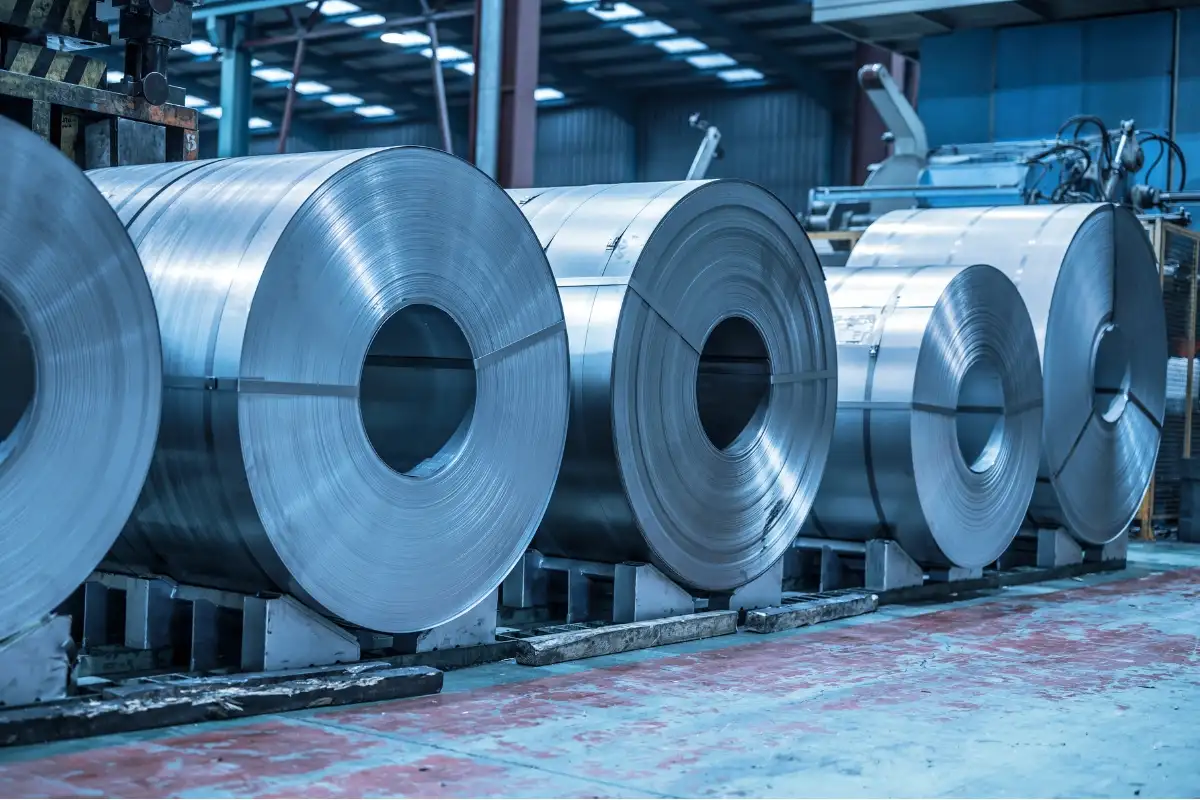
There are generally 100+ grades of stainless steel in the market today, all of which have individual factors and properties, making them unique from one another.
However, there are four general stainless steel grades and groups, they are:
Аустенитная нержавеющая сталь
The most popular type of stainless steel is austenitic, which is renowned for its exceptional resistance to corrosion and ease of fabrication. Because of its high chromium and nickel content, it is non-magnetic and appropriate for use in construction, medical equipment, and food processing.
Ferritic Stainless Steel
Ferritic stainless steel has good formability and a moderate resistance to corrosion. Because of its low cost and resilience to stress corrosion cracking, it is mostly utilized in decorative and automotive applications.
Мартенситная нержавеющая сталь
This steel grade is heat-treatable and is able to provide high strengths and hardness levels. Though less corrosion-resistant, it’s ideal for applications like knives, turbines, and surgical instruments.
Duplex Stainless Steel
Last but not least, duplex stainless steel. This type offers exceptional strength and resistance to corrosion by combining the properties of ferritic and austenitic grades.
Because of its well-balanced qualities, it is useful in the chemical, oil, and marine industries where performance and durability are crucial.
304 vs. 316 Stainless Steel
In case you were wondering, both 304 and 316 stainless steel are famous choices in many sectors. However, they’re not entirely the same; they serve different purposes due to their unique compositions.
Let’s further understand their differences to help choose the right material for durability, cost, and application needs.
| Особенность | 304 нержавеющая сталь | Нержавеющая сталь 316 |
| Main Composition | Содержит хром 18% и никель 8%. | Contains 16% chromium, 10% nickel, and 2% molybdenum. |
| Устойчивость к коррозии | Offers good resistance to corrosion in general environments. | Superior corrosion resistance, especially in marine or acidic settings. |
| Прочность | Strong but less resistant to chloride exposure. | More durable under harsh chemical and chloride exposure. |
| Расходы | More affordable, making it ideal for everyday applications. | Higher cost due to added molybdenum for enhanced properties. |
| Приложения | Kitchen equipment, sinks, and automotive parts. | Medical tools, marine equipment, and chemical processing plants. |
So, 304 and 316 stainless steel have their indifferences, after all! One is often used for high-precision applications like medical equipment and processing plants, while the other is more focused on its functionalities as a component.
Will Stainless Steel Tarnish? Truth Revealed!
So, does stainless steel tarnish? No, it cannot tarnish. It is extremely and highly resistant to tarnishing, thanks to its composition and how they react to the environment.
The only tarnish and wear it will have would be scratches and bumps from being impacted by other materials harder than it is or with enough force.
Therefore, the primary reason why it doesn’t tarnish is because of the chromium content it has. That being said, it’s safe to say that not all stainless steel types are tarnish-proof. Depending on the situation, chromium content, and other external factors, there will come a time that it will start to break down.
The alloying layers can negatively be affected, causing it to discolor or be modified.
Does Stainless Steel Turn Green?
- Exposure to chlorides causes pitting, leading to green discoloration on stainless steel.
- Welding dissimilar metals can trigger corrosion, resulting in a greenish surface tint.
- Contact with ordinary steel transfers particles that cause greenish staining on stainless steel.
- Extreme heat damages the protective oxide layer, allowing green corrosion to form.
- Environmental factors like saltwater or sea air accelerate corrosion and greenish buildup.
- Inadequate cleaning leaves contaminants that react, creating a greenish surface layer.
How to Maintain Stainless Steel
Maintaining stainless steel is crucial to preserving its durability, appearance, and resistance to corrosion. To protect its finish, avoid exposing stainless steel to harsh chemicals or abrasive materials.
Here’s a better and more profound way of maintaining stainless steel and ensuring that they’re at the peak of their quality.
Maintenance and Cleaning of Stainless Steel
Cleaning Stainless Steel
It’s not rocket science, it’s just a matter of awareness and consistency. Clean stainless steel regularly to keep it looking polished and corrosion-free.
When cleaning, it’s best to use a mild detergent mixed with warm water for general cleaning, and always dry the surface completely to prevent water spots.
For tougher stains, apply a stainless steel cleaner or a mix of baking soda and water, scrubbing gently with a non-abrasive sponge.
ПРИМЕЧАНИЕ: Always clean in the direction of the grain to avoid creating scratches, and rinse thoroughly to remove residue.
Storing Stainless Steel
Now that you know how to properly clean them, the next step is to learn know and learn how to store them. The best storage would help stainless steel last longer and stay in optimal condition.
Keep stainless steel in a dry, cool place, away from moisture or corrosive environments. Use protective covers or cloths to prevent exposure to dust and potential contaminants.
ПРИМЕЧАНИЕ: For daily and practical use, store stainless steel cookware or tools properly, ensure they are fully dry before putting them away to avoid rust or discoloration caused by trapped moisture.
And that’s the know-how of maintaining and properly caring for stainless steel. It doesn’t matter what grade and what level they are in, so long as they are looked at in this way and maintained thoroughly, they’ll be able to keep their color and overall purity.
Does Stainless Steel Rust?
Yes, stainless steel, even with its high chromium content, can still possibly rust, especially if not maintained and cared for properly.
Out of all other steel types, stainless steel are what’s often considered the strongest and most robust form of alloy metal there is.
It’s important to remember that there are certain grades of stainless steel, and that simply means that not all of them are made equally. There are grades that are more prone to rusting and breaking down than others, and, they often need more and better care.
Get Premium Quality Stainless Steel From HDC
In case you were asking, will stainless steel tarnish? Or if you don’t know where to get them, don’t worry, we got you covered! At HDC, we consider quality our top priority. Whether it’s for stainless steel or any other alloy, you can count on us!
Since 2009, we’ve been focused on the quality of our products. We’ve mastered the art of machinery and OEM work and were able to make the right investments on people, machines and technology, and even implementing the best processes.
We are China’s top manufacturing company for all alloy types you can think of. From our expertise, we transitioned and mastered manufacturing components for machines in the automotive sector. We can help you with части велосипеда, автомобильные детали, motor parts, you name it!
If you ever need a manufacturer you can lean on and bank on, don’t hesitate to get with us here at HDC! Feel free to send us a message for inquiries, concerns, and questions. Reach out to us and we’ll be more than happy to help!
Узнайте больше из наших сообщений в блоге.
Недавние Посты
Узнайте больше о нашей продукции.
сопутствующие товары
Мгновенная цена!
